Ways You Respond to Masculine Male Imagery
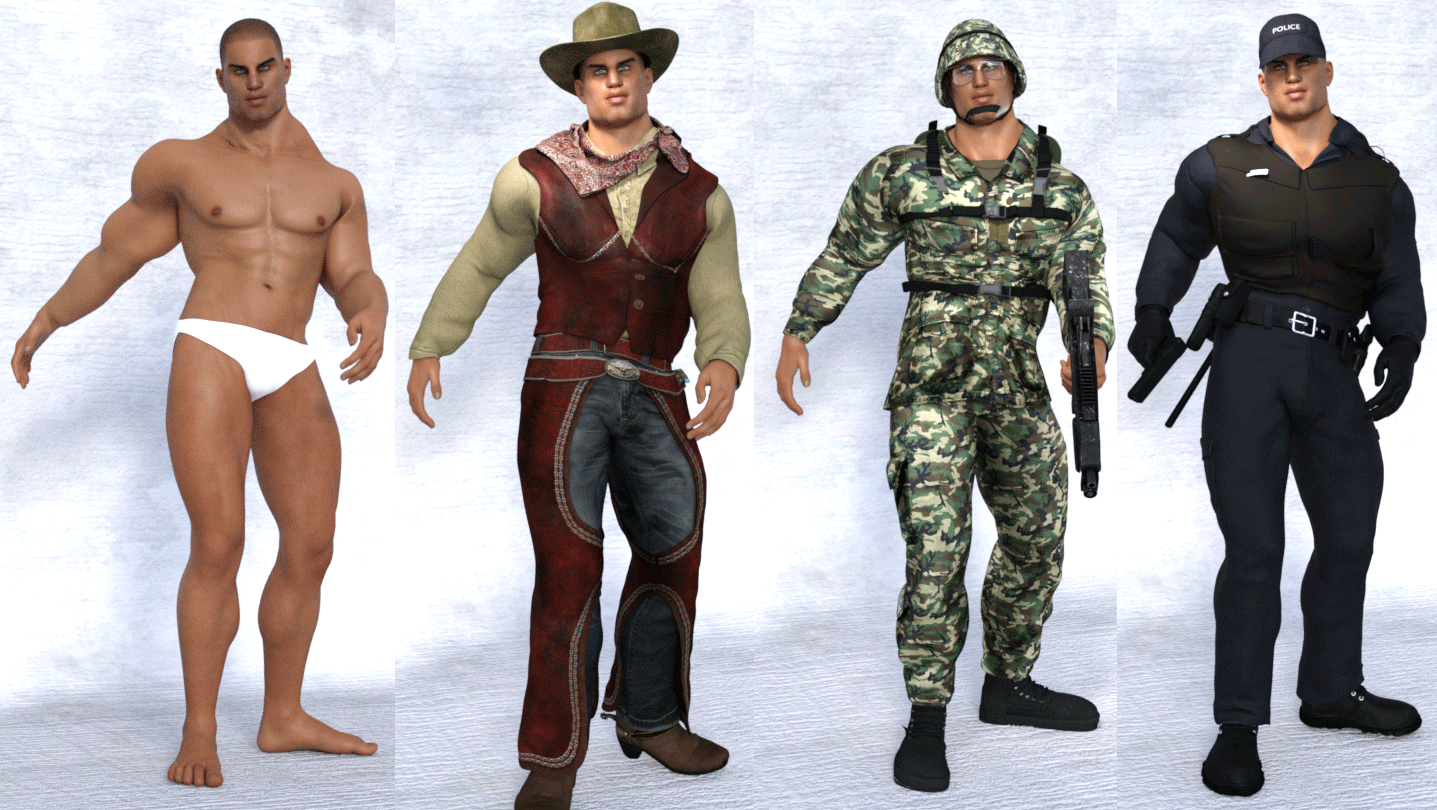
My passion for masculine male imagery in my art and storytelling is in plain view. Anyone can see evidence of this particular passion I identify here. Just look at my work from 2007 to today.
If you think about the many ways to respond to masculine male imagery, you can understand artists like me and make sense in your mind about my creations.
I do not attempt to deny this particular passion which I identify here. I am proud of this aspect of mine which I fully own and admit openly.
My Bloody Grandfather
Men who were within my everyday view out in the realworld influenced me from a very early age.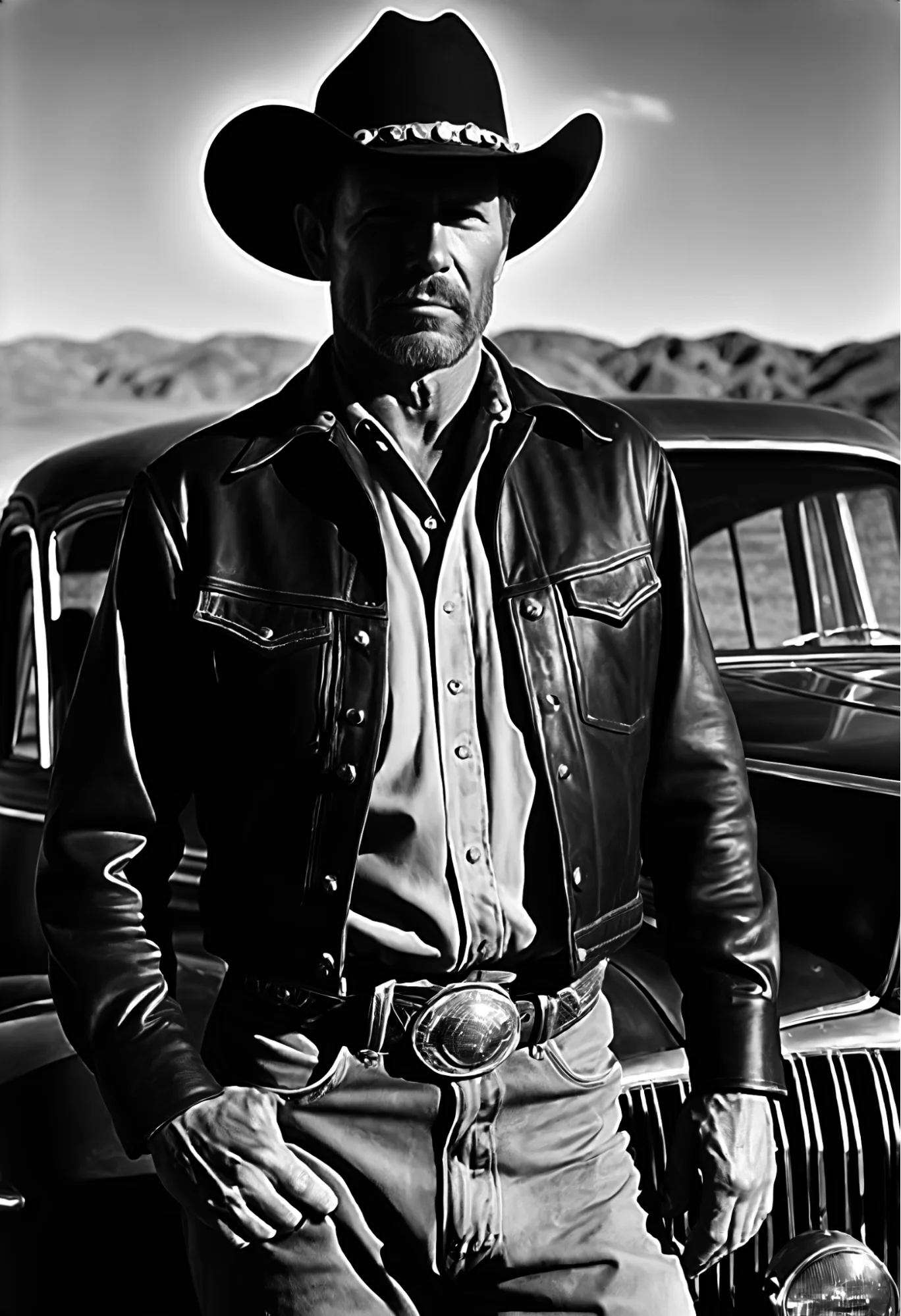 I was 17 months old when my mother's father, my maternal grandfather, was in his mid-forties. I was too young to form any memories of him. I don’t believe anyone can process and retain memories when they are so young.
I was 17 months old when my mother's father, my maternal grandfather, was in his mid-forties. I was too young to form any memories of him. I don’t believe anyone can process and retain memories when they are so young.In my imagination, I envision him strictly in black-and-white. Half his face is obscured in darkness. He’s in vague Western wear as he leans against his mid-century car. That man made front-page news in the slow little town where I was born. He murdered his wife–my mother's mother–who was only in her forties. He used a shotgun to kill her at their kitchen table.Then he used the weapon to blow his brains out.
The shock and trauma rippled through my family household after this murder/suicide. Everything changed suddenly and dramatically. My mother was 22 and my father was 23. They literally were youngsters without any real sense of how this tragedy would upend their lives. I was their firstborn, and the three of us lived in a small rental about ten miles away from where the lives of my grandparents ended so brutally. The bodies were discovered by their young children–my mother’s brother, age 13, and sister, age 11—who were living in the house where the tragedy took place. My parents became my aunt and uncle's legal guardians. They came to live with us. Suddenly, our household grew to five people overnight.
My grandfather was a very angry person. That’s what I learned about him from others. Of course, I don't know anything about him from personal experience because I was too young to remember anything. But after his death, I discovered many things about him and learned what kind of man he was. He had “anger issues,” as we would say here in the 21st century. Together with that anger he had a reliance upon alcohol—maybe to help ease the pain of the anger. When you add the two together—an angry person and alcohol—out of that mix you get real trouble. I would say that mix of anger and booze was at the root of all of my grandfather’s failings. Everything ended for him on that night when he killed his wife and himself. But from that night forward, the effects of his anger and his drinking and his violence remained as an emotional scar upon my entire family and especially me. And I have his blood. I took his name and started calling myself Madeira Desouza.
Why Do Men Behave Like This?
After what my grandfather did, I grew up trying to figure out what goes on in a man’s mind. How does a man use his mind on an everyday basis? What kind of thoughts does he routinely hold in his mind? What happens when he loses control of his temper? How does his mind work when he drinks too much to numb thoughts of anger and violence? My grandfather shot his wife, my grandmother, because he believed she was having sex with another man. He thought she was unfaithful to him in marriage. Nobody knows the truth now. The only thing that’s known is he wanted her all for himself and was willing to kill her because of his intense desires and his unbridled passion.My grandfather was domineering and aggressive towards her and towards his children (including my mother.) He was physically and emotionally cruel to his wife and all his children.
After his death and especially because of how he died, my maternal grandfather became the primary masculine male role model (not in the positive sense) during my youth that set the stage for how I would develop into adulthood.
Nobody should be surprised that I would grow up to become an artist and storyteller with inner drives compelling me to depict violent and often life-threatening themes.
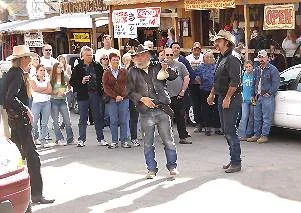 I looked at the world I saw around me. I saw men often wearing “cowboy costumes” out in real life. Such attire was normal to see by anyone on the Central California Coast where I grew up. Most people also know that wearing such clothing is common in cowboy-themed tourist shows in the Western States.
I looked at the world I saw around me. I saw men often wearing “cowboy costumes” out in real life. Such attire was normal to see by anyone on the Central California Coast where I grew up. Most people also know that wearing such clothing is common in cowboy-themed tourist shows in the Western States.My own sexual identity or sexual orientation apparently was influenced by this traumatic event during my youth involving the deaths of my grandparents. I grew up feeling sexually attracted to masculinity in males more than I ever was to females. Yet I persisted in deceiving myself and the world that I was a straight man who preferred the company of woman instead of men.
In my formative years, I saw men in real life who looked and behaved in what I would call “the masculine way,” using today’s terms. I had no label for what I saw in those days. I can describe what I saw growing up in that small, rural California community, however. Men wearing “cowboy” clothing signaled to me their chosen emphasis upon physicality and gruffness, such when they wore tight blue jeans that revealed bulges below the belt, bicep-hugging shirts, and well-worn cowboy boots.
Then along came the Warner Bros. westerns in glorious black-and-white on television. These well-known cultural artifacts added to and enhanced my growing awareness of masculinity during my youth. I developed a lifelong attraction to television shows and movies that depict cowboys. And yes, it was very easy to fantasize about being a cowboy and experiencing what a cowboy might find during his life and how he responds.
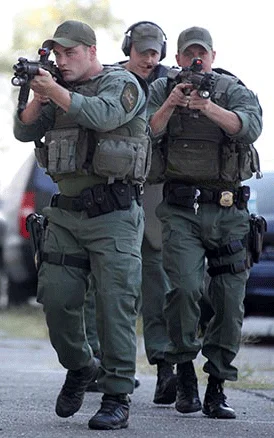 This naturally expanded my preferences into paying considerable attention also to military men whom I perceived (similarly to cowboys) as having distinctively aggressive and combative behaviors.Their outward appearances and their behaviors captivated my imagination throughout my youth.
This naturally expanded my preferences into paying considerable attention also to military men whom I perceived (similarly to cowboys) as having distinctively aggressive and combative behaviors.Their outward appearances and their behaviors captivated my imagination throughout my youth.
Cruelty Eroticized
What I saw in real life led to my feeling aroused if I saw depictions (in images, movies and television shows) of men who behaved in aggressively cruel ways towards other men. (I have never felt arousal when encountering men’s cruelty towards women.)Many content creators down through the ages have built storytelling upon the phrase erotic cruelty or cruelty eroticized means: Storytelling depictions which invites male viewers to respond on a sexual level with arousal when viewing instances of cruelty towards other men.
The use of this theme can be traced down through countless years of history. In the present day this frequently repeated theme in storytelling is often referred to as a hero in jeopardy or the ill-fated journey of the hero.
How You Respond
You should not be surprised as a man if you respond with arousal to depictions of masculine men who are in shown to be in peril being hurt by other men. This kind of response has happened to men for countless years.The components of the storytelling often repeat in recurring themes: You can see the men being hurt have physical strength, lantern-jawed, virile faces and outwardly convey the reality that they can defend themselves quite well. So why are they in peril at the hands of other men. Why can’t these strongly masculine men defend themselves? Because of the mind of the beholder you respond. The men you see in peril lead you to feel aroused. And you don’t quite understand why this is so. I bring you into these responses by way of my storytelling in both the visual form and as text.
My creative works incorporate erotic cruelty to men which can arouse male viewers sexually when they view images or read stories of vulnerable and defenseless men in distress and jeopardy as other storytellers have done.
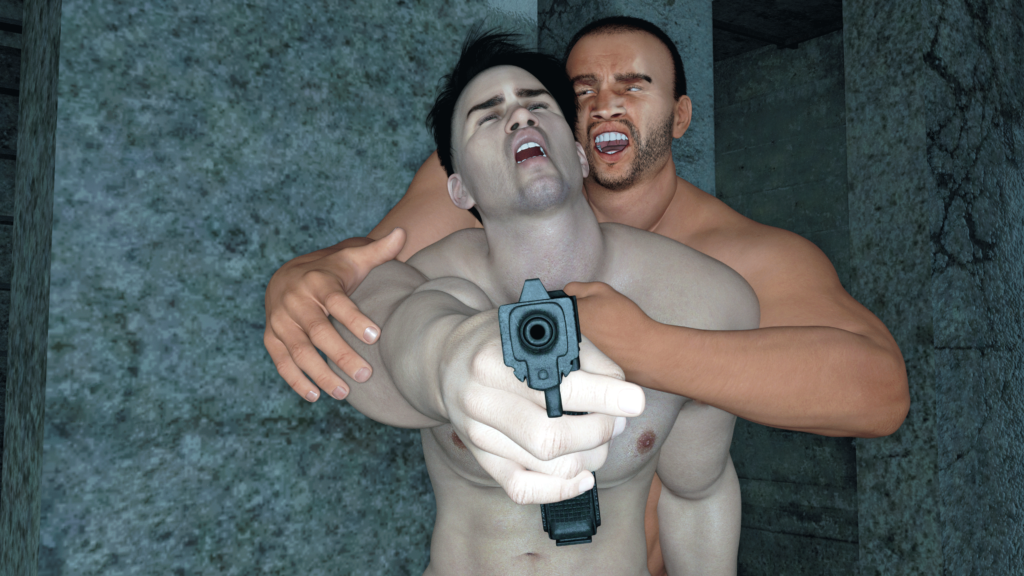
Deep Emotional Conflict in Stories of Masculinity in Peril
When I lived and worked in the Washington, DC area (1995 to 2012) what I saw there found its way into my storytelling and art. I worked with members of the military in and around the Pentagon in Arlington, Virginia. My job was as a full-time civilian contractor. I contributed directly to the management of public relations campaign efforts to boost positive domestic perceptions about the United States armed forces during the George W. Bush presidency. Those were years of growing domestic antiwar sentiment stemming from the U.S. military presence in Afghanistan and Iraq.
Each day I went inside the Pentagon for work, I first had to pass by armed young men who conveyed very clearly that they would not tolerate intruders.
As a civilian employee my employment within the military establishment in those days of certain historical and cultural upheaval and change had an indelible impact on my sensibilities about masculinity and the importance of masculinity, especially machismo. An ordinary public relations job for me led to my having close proximity to so many military men I found visually exciting and arousing on a day-in and day-out basis.
That shifted my storytelling and art in significant ways. Although I am a peaceful, nonviolent man in real life and have never taken anyone’s life, over the unfolding of years stemming from my Pentagon work, I became known for creating and releasing art and stories depicting extreme sexualized behaviors of military men caught in the act of being themselves in combat situations.
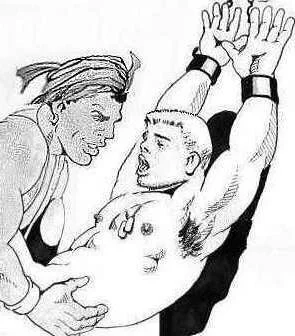 In the early 2000s, I selected hand-drawn images from the late Dom “Etienne” Orejudos to write and produce Savage War Savage. I had been invited to create an illustrated story for a website written and produced by the late George Lehmann, USMC, a gay man who honored and celebrated male virility within an international military context online. His site no longer exists today.
In the early 2000s, I selected hand-drawn images from the late Dom “Etienne” Orejudos to write and produce Savage War Savage. I had been invited to create an illustrated story for a website written and produced by the late George Lehmann, USMC, a gay man who honored and celebrated male virility within an international military context online. His site no longer exists today.
Then, I went on to create and release An American Terrorist in Baghdad, the very first illustrated story using my own original images with explicit content that I created blending fictional actions and real-world themes stemming from the U.S. military missions in Iraq. This appeared during the first decade of the 2000s on the notorious Katharsis website, which no longer exists.
Another representative example of my blending text storytelling I wrote together with original images I created to tell a compelling fiction is Savage Eyes.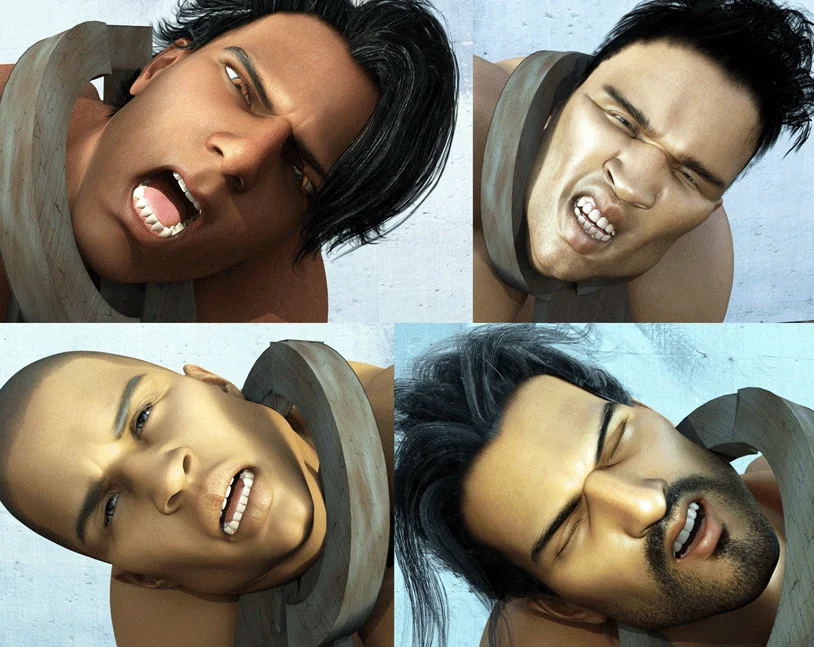
This creative work of mine is one of the most extremely violent erotic cruelty stories I have ever produced. All the titles mentioned here in this blog post are available uncensored and uncut to you for downloading from The Desouza Vault free of charge with no purchase necessary and no obligation whatsoever.
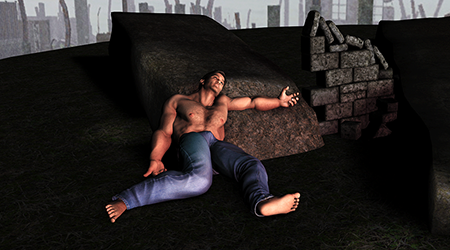 The artist Desouza of Vegas frequently explores classic themes many others have built upon in storytelling over the centuries: The perils of an ill-fated or doomed hero on a quest or journey and the destruction of young and innocent men. The artist Desouza of Vegas frequently explores classic themes many others have built upon in storytelling over the centuries: The perils of an ill-fated or doomed hero on a quest or journey and the destruction of young and innocent men. |
To my way of thinking and feeling, for my storytelling to be effective and interesting, I must bring out some depth of emotional conflict or impact if a story of masculinity and its perils is worth telling at all. I draw upon what I “see” inside my mind outside of the waking world in which I live.
Dreams (or nightmares) are often the realm in which most people process their inevitable thoughts and worries about suffering and dying. Thoughts and images of dread, horror, and terror easily surface in everyone’s dreams and nightmares. I regularly find myself on journeys not during my waking time but when I am in the dream world where I get frequent inspiration for my art and storytelling.
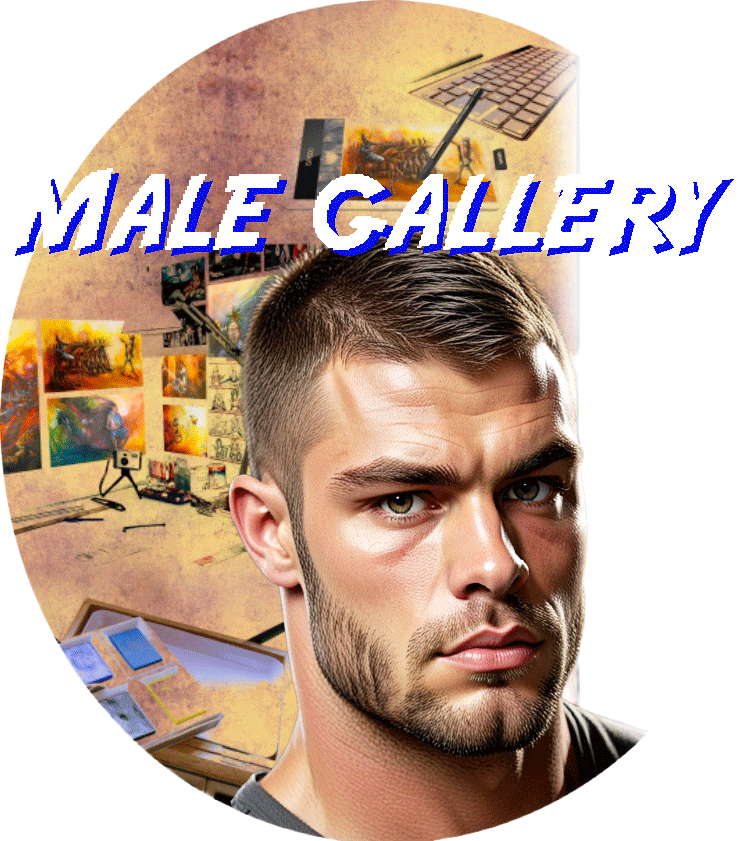
2 thoughts on “Ways You Repond to Doomed Masculine Males in Storytelling”